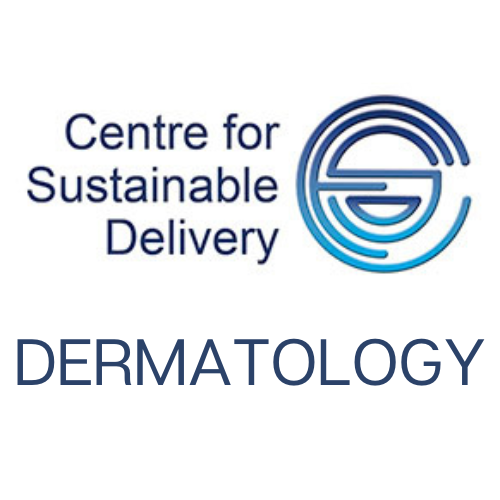Lipoma
- Asymptomatic. Slow growing
- Dome or egg-shaped, soft, mobile sub-cutaneous nodule

Epidermoid (sebaceous) cyst
- Smooth mobile flesh coloured nodule within and fixed to overlying skin
- Presence of punctum helps confirm diagnosis

Spider haemangioma
- Compressible central feeding blood vessel of variable size
- May be associated with high levels of oestrogen e.g pregnancy, liver cirrhosis
Xanthelasma
- Yellowish plaques nodules above and below the eyes

Giant comedones
- Like a small cyst with punctum

Pyogenic granuloma
- Rapidly growing vascular lesion often trauma site

Skin Tags
- Soft flesh coloured or pigmented pedunculated tags in body folds (neck, armpit, groin)
- Especially in obese patients and in those with type 2 diabetes

Seborrhoeic Warts
- Yellow / brown greasy palpules or rough grey / black hyperkeratotic papules with ‘stuck-on’ appearance
- Keratin plugs or inclusion cysts may help differentiate from melanoma
- Often multiple



Benign Naevi (moles)
- Flat or raised, symmetrical, uniform border, uniform pigment, pale, dark or reddish brown
- May darken/enlarge during pregnancy. If hairy may become inflamed (folliculitis)



Dermatofibroma
- Firm reddish brown nodules often on the limbs. May be tender on pressure
- If the skin over a dermotofibroma is squeezed a dimple forms, indicating tethering of the skin to the underlying fibrous tissue



